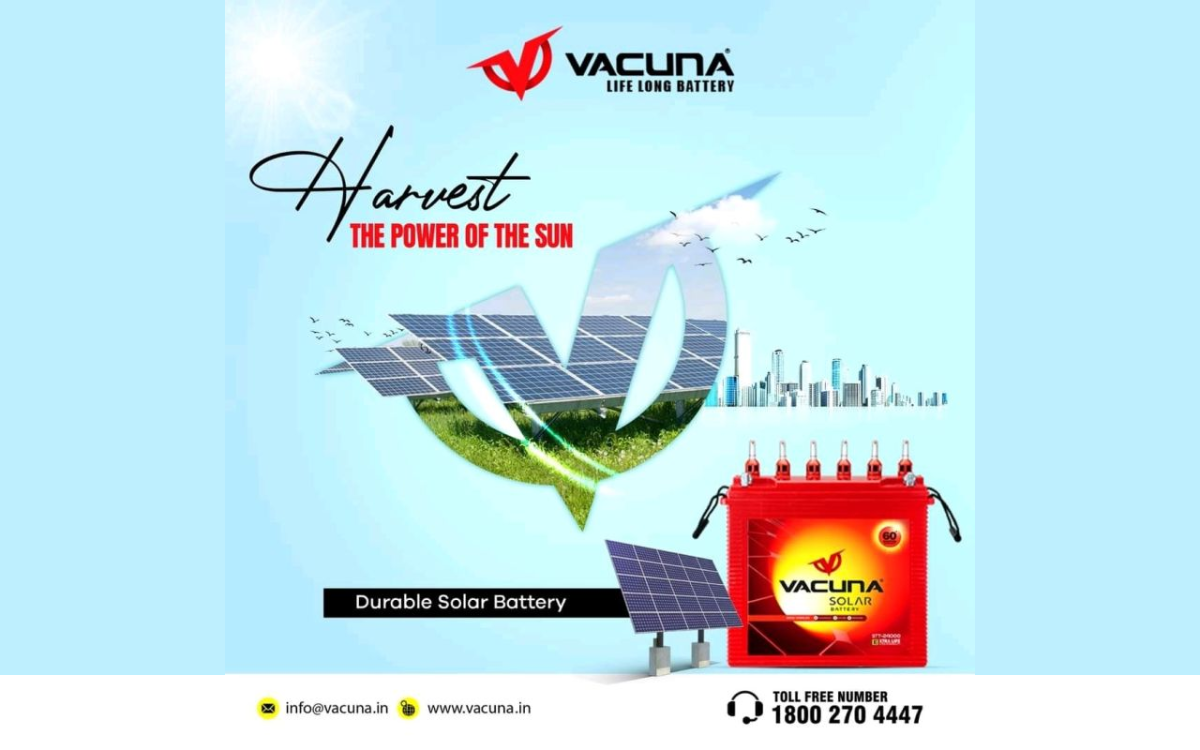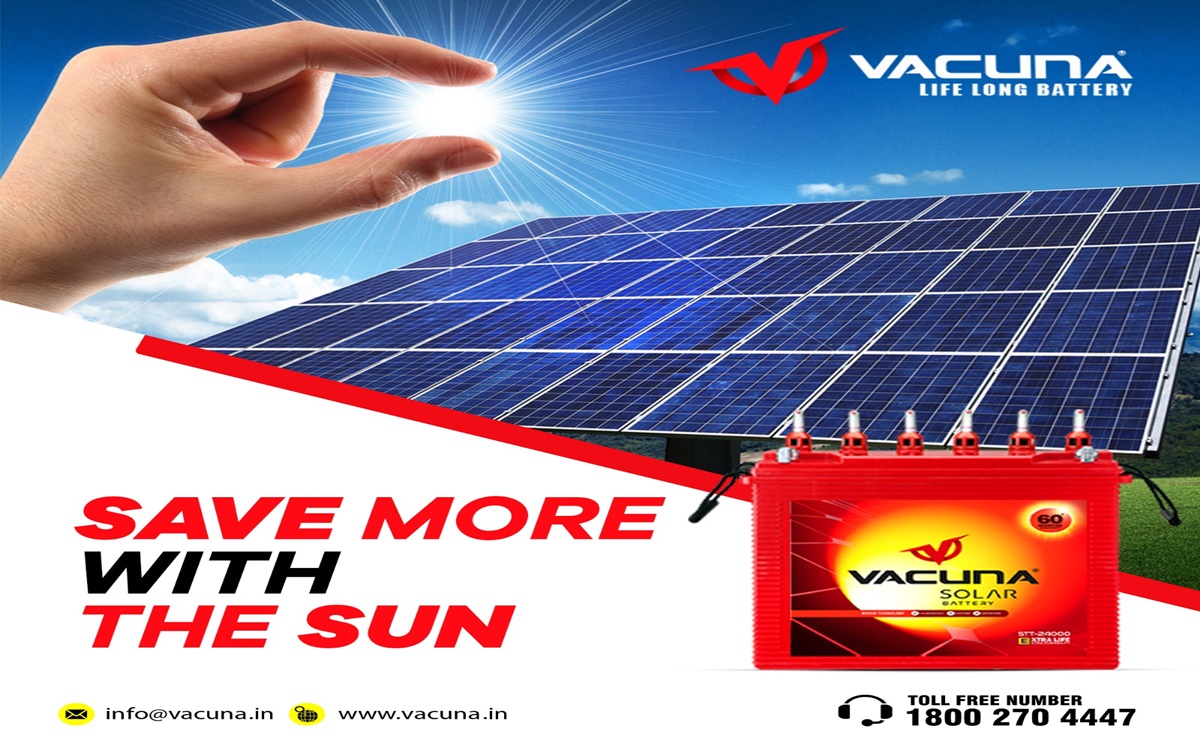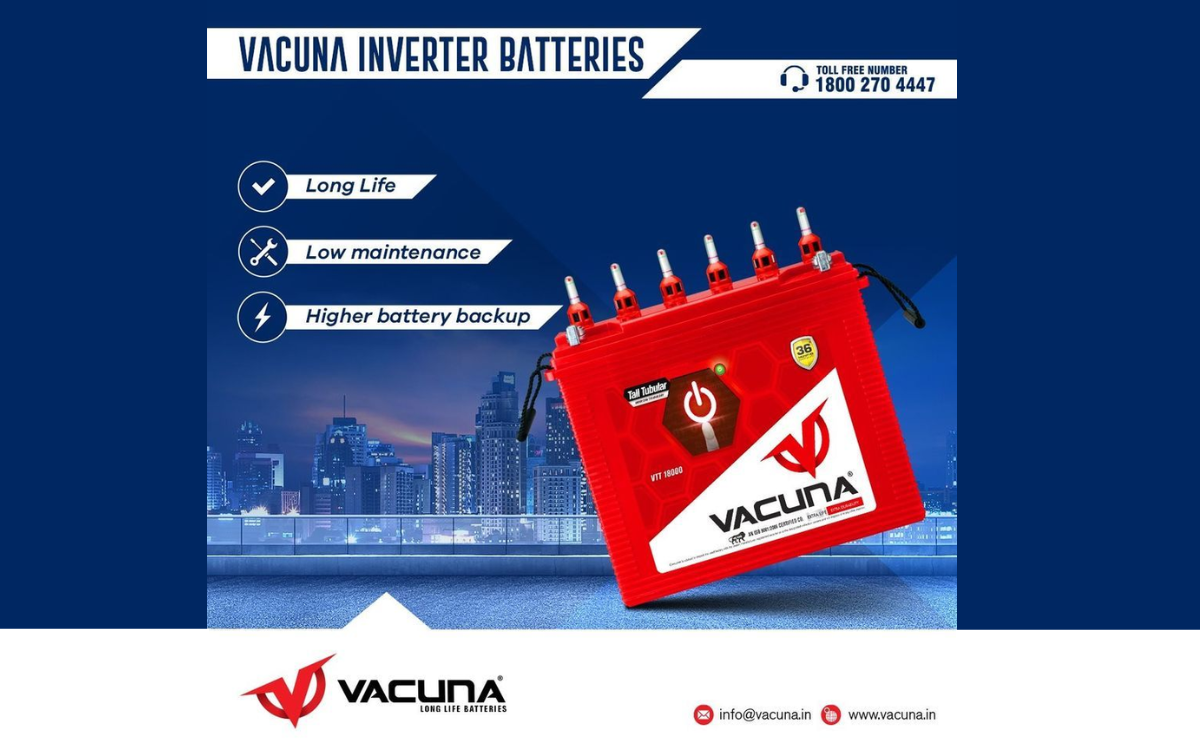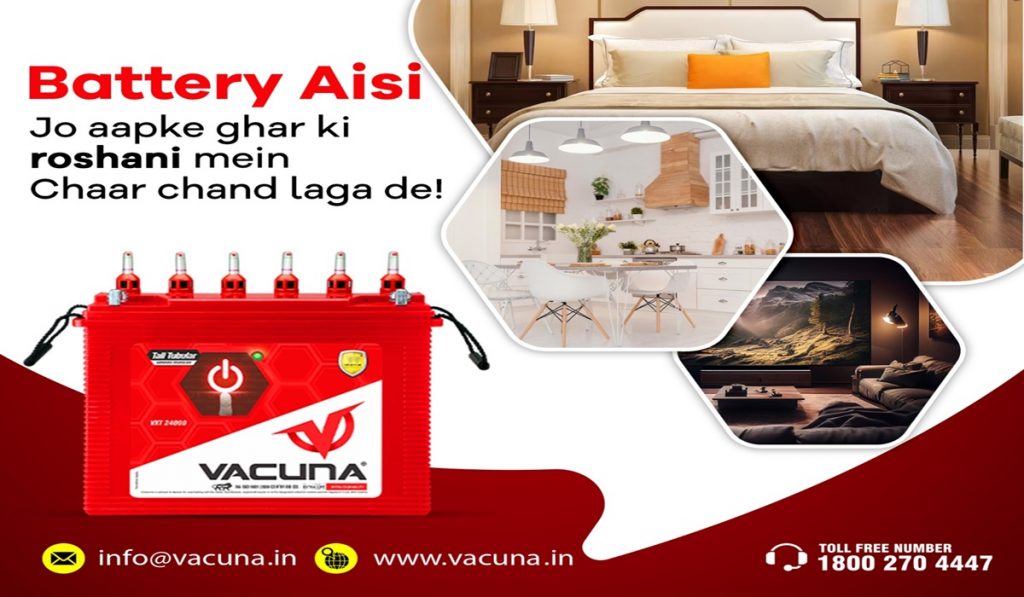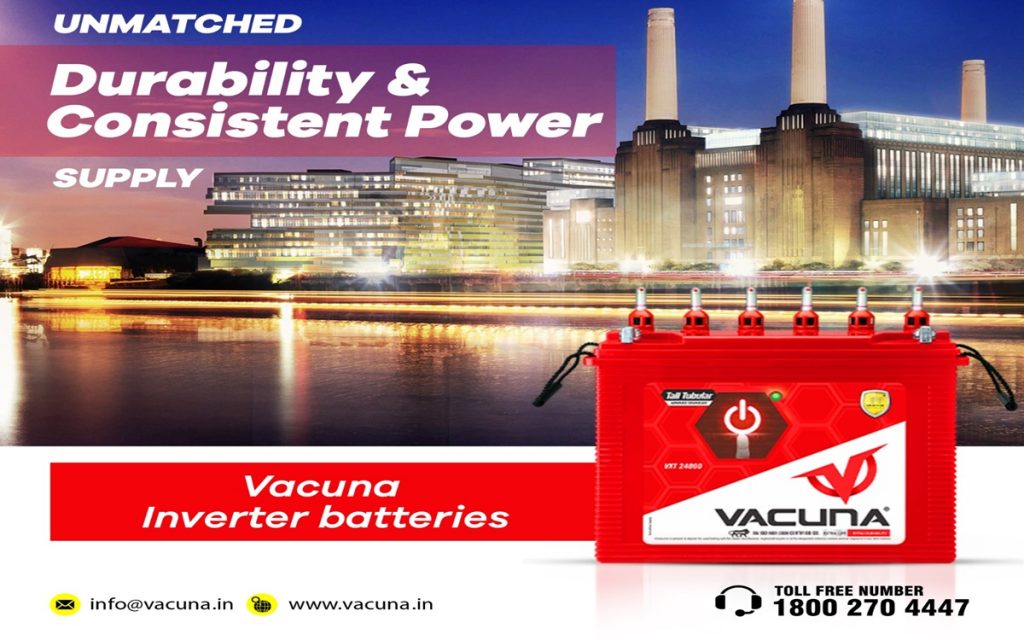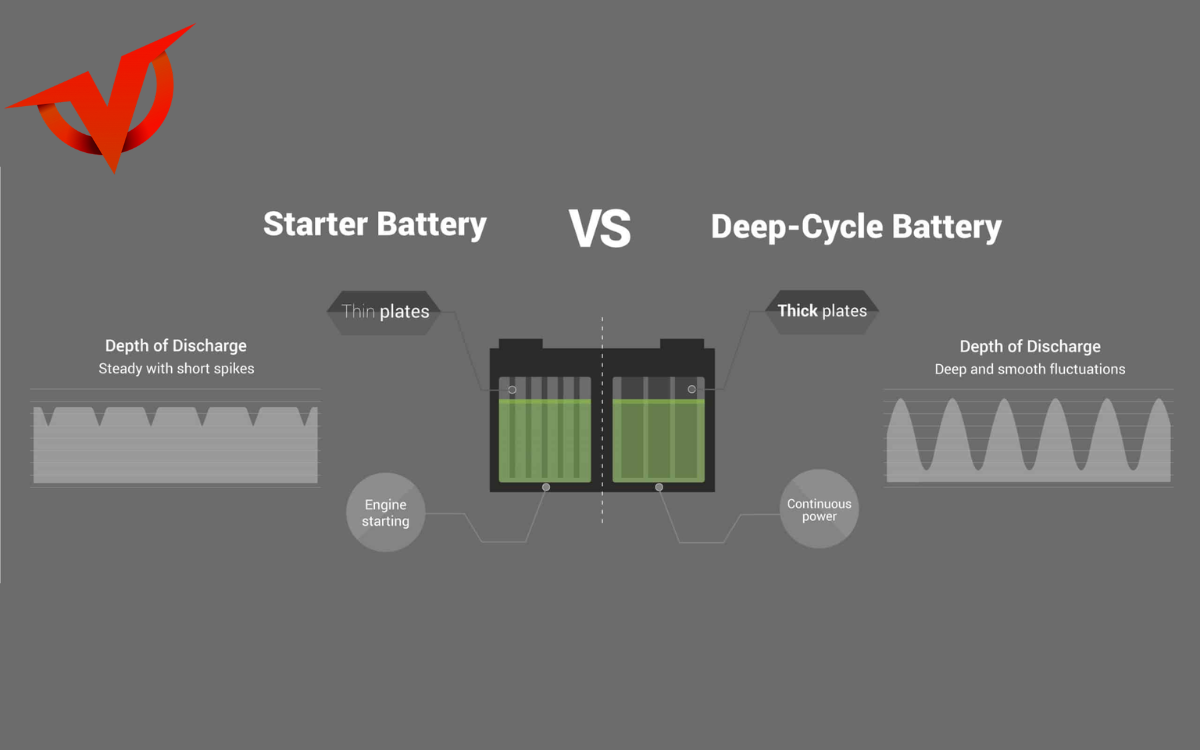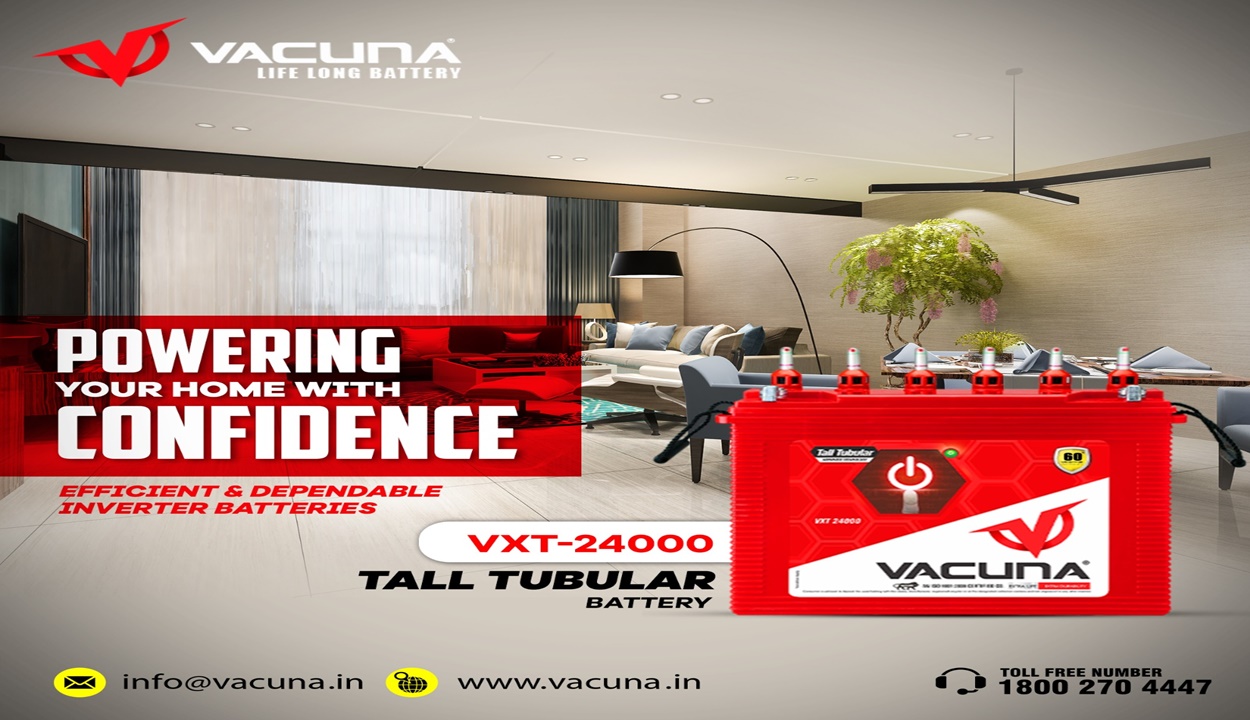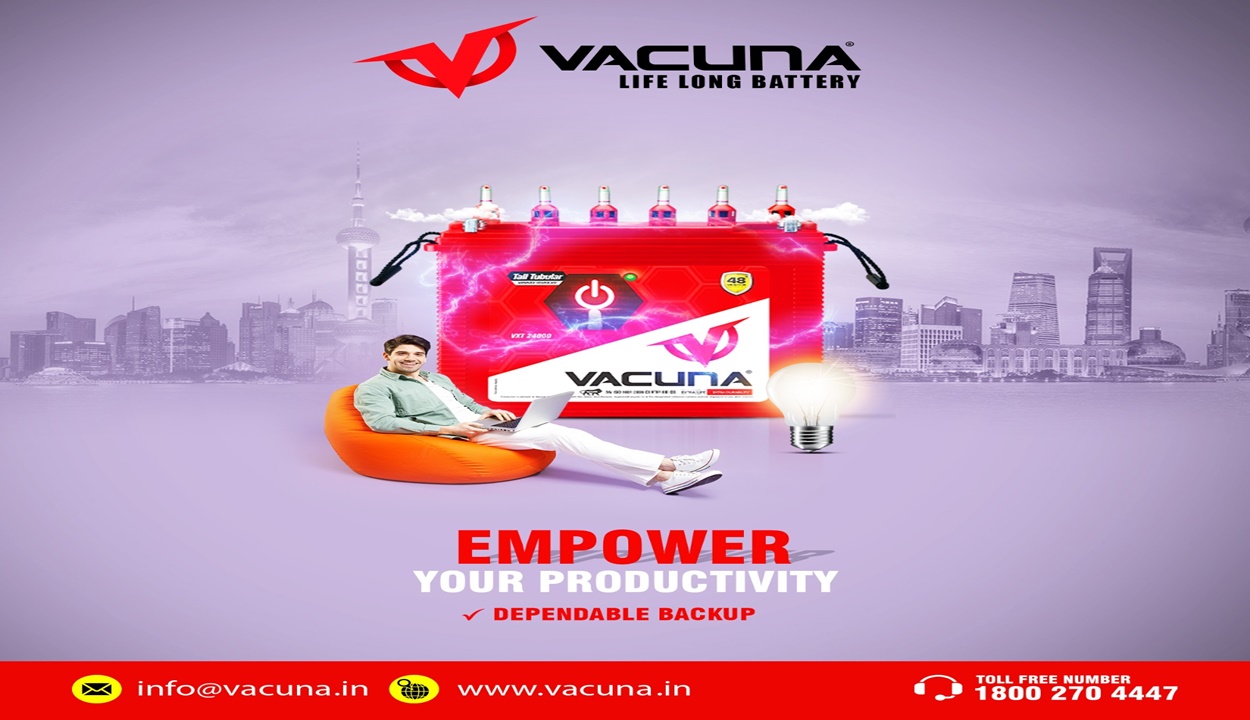In an era where sustainable and renewable energy sources are becoming increasingly important, solar power stands out as a shining star. Harnessing the power of the sun, solar energy offers numerous advantages over traditional energy sources. Let’s explore why solar power is emerging as a frontrunner in the quest for a cleaner and greener future.
1. Renewable and Sustainable:
Solar power is derived from the sun, a source of energy that is virtually limitless. Unlike fossil fuels, which are finite and depleting, solar energy provides a sustainable solution for our energy needs. As long as the sun continues to shine, we can tap into its power and generate clean electricity.
2. Environmentally Friendly:
Solar power is a clean and green energy source that produces zero greenhouse gas emissions during operation. By choosing solar energy, we can significantly reduce our carbon footprint and combat climate change. Solar power also helps to improve air quality by reducing the release of harmful pollutants into the atmosphere.
3. Cost Savings:
Investing in solar power can lead to substantial cost savings in the long run. Once installed, solar panels require minimal maintenance and have a lifespan of 25 years or more. By generating your electricity, you can reduce or even eliminate your reliance on the grid, resulting in lower energy bills. Additionally, some regions offer incentives and tax credits for solar installations, making it even more financially attractive.
4. Energy Independence:
Solar power provides individuals and communities with energy independence. By generating their electricity, they are less vulnerable to fluctuations in energy prices and supply disruptions. This empowers individuals to take control of their energy consumption and contribute to a more resilient and self-sufficient energy system.
5. Job Creation and Economic Growth:
The rapid growth of the solar industry has created numerous job opportunities. From manufacturing and installation to maintenance and research, the solar sector has become a significant source of employment. Embracing solar power not only helps to create jobs but also stimulates economic growth and drives innovation.
As a solar battery supplier in the UAE, Vacuna takes pride in providing high-quality solar batteries that contribute to a sustainable and greener future. Just like solar power itself, our batteries offer numerous advantages over traditional energy sources. With a strong focus on renewable energy solutions, we are committed to delivering reliable and efficient batteries that meet the diverse needs of our customers. Whether you’re looking for solar batteries for residential or commercial applications, Vacuna is here to provide top-notch solutions that harness the power of the sun. Trust Vacuna as your solar battery exporter in UAE, and together, let’s pave the way towards a cleaner and more sustainable energy landscape.
Conclusion:
Solar power offers a multitude of advantages over other energy sources. Its renewable nature, environmental friendliness, cost savings, energy independence, and contribution to job creation make it a compelling choice for a sustainable future. By harnessing the power of the sun, we can pave the way towards a cleaner, greener, and more resilient energy landscape.
Follow Us:


